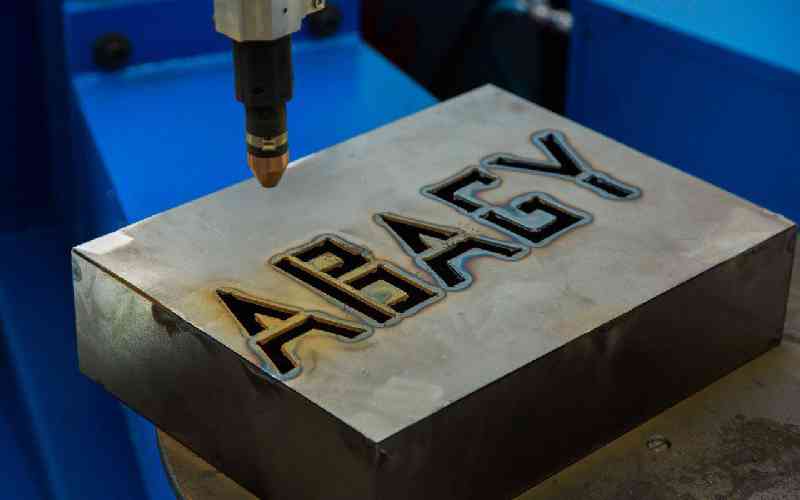×
The Standard e-Paper
Home To Bold Columnists

The Abagy technology developed under Maxim Zverkov's direction allows the robot to be reconfigured to work with a new part in 5-20 minutes, thereby tenfold reducing the threshold for the introduction of robotics in highly customized industries. This article will tell you what tasks Abagy helps clients solve and how this international project is developing.